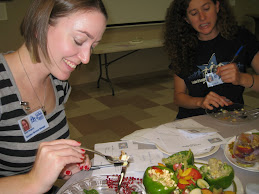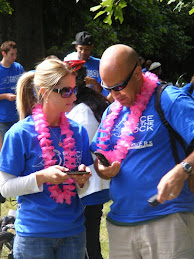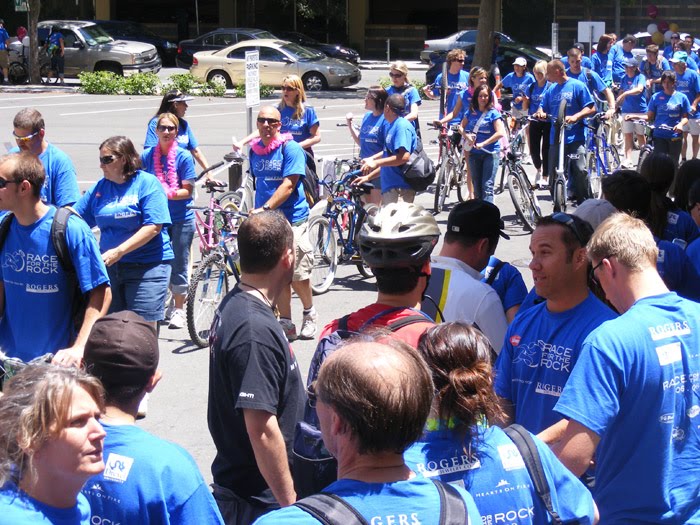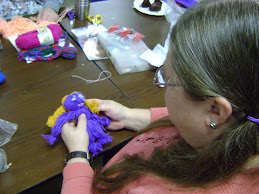Garden Cooking for Free!
Have you ever tried to cook something with solar energy? You
probably have, but didn't realize exactly what you were doing. Ever fry
an egg on the asphalt or accidentally cook something in your car? You harnessed
solar energy!
Solar cooking is an old concept but it took a while for
anyone to apply the technology to food. Greenhouses were built in England
and the Netherlands to house tropical plants from the Mediterranean regions.
These solar traps later evolved into conservatories and sun rooms attached to
houses. A Swiss-French scientist named Horace de Saussure created the first solar cooker in 1767 with five glass
boxes set on a black surface. Since then solar cooking has slowly gained in
popularity as its usefulness has proven itself. Solar cooking is great in
arid regions, places bereft of firewood or fuel and humanitarian crises areas
like refugee camps. Not only can people cook without fuel but they can also
pasteurize water when safe sources are not available. Solar cookers can
be left unattended all day and pose no danger to children like cooking fires or
fuel might. When the reflective panels are angled towards the sun, a
solar cooker can heat up to 350 degrees! People in the United States are
becoming more interested in solar as a free and sustainable source of energy.
The Demonstration
Garden is lucky to have two portable sun ovens that work great in cooking all
sorts of garden-fresh produce. Last week I harvested carrots and threw
some in the cooker with some fresh thyme and a splash of olive oil. They
came out fantastic! I also cooked some potatoes, carrots, onions and Swiss chard
with tomato sauce to share with the gardening class. I have big plans to cook
bread, amaranth and corn in the sun oven later this summer! On a sunny day,
come check what is cooking in the garden!
Submitted by Kate Wilkins, Garden Coordinator at Sacramento Food Bank & Family Services.








